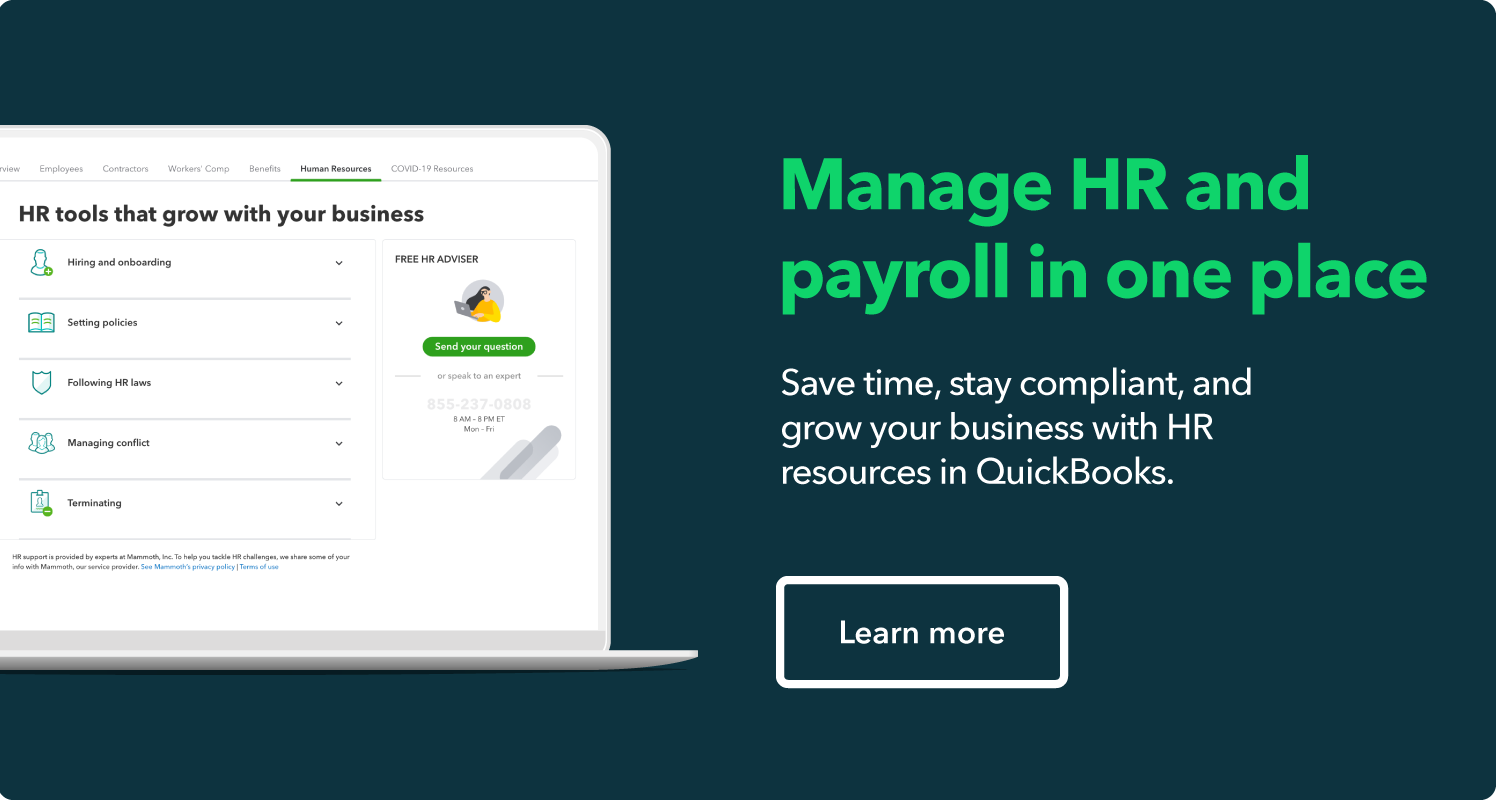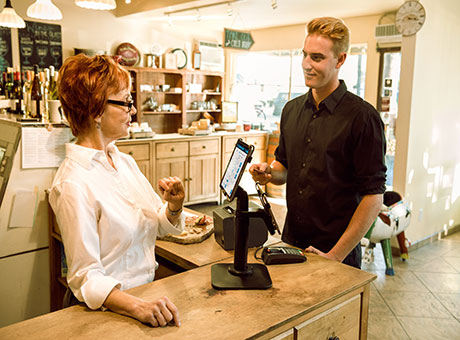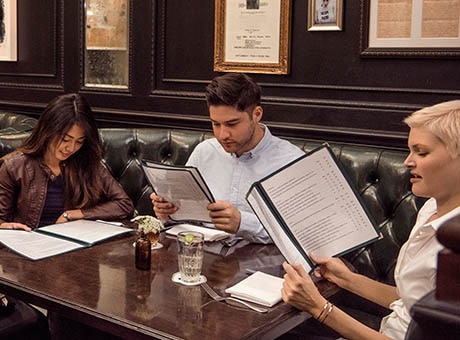When travelling around the globe, many travellers will research the worldwide tipping etiquette to determine what is expected of customers when they eat at restaurants. But what should business owners and restaurant managers know about their tipping processes in Canada?
As a restaurant owner and manager, it is crucial to understand the tipping requirements associated with the hospitality industry and how tipping will affect your business’ books for accounting and tax filing purposes. When waitstaff receives tips, this is known as tip income and must be recorded and accounted for when tax season rolls around.
Here’s what businesses need to know about tipping in Canada, from collecting and recording tips and gratuities to associated tax payments on these amounts.
Next: How to Start Food Delivery Service for Your Restaurant>>




